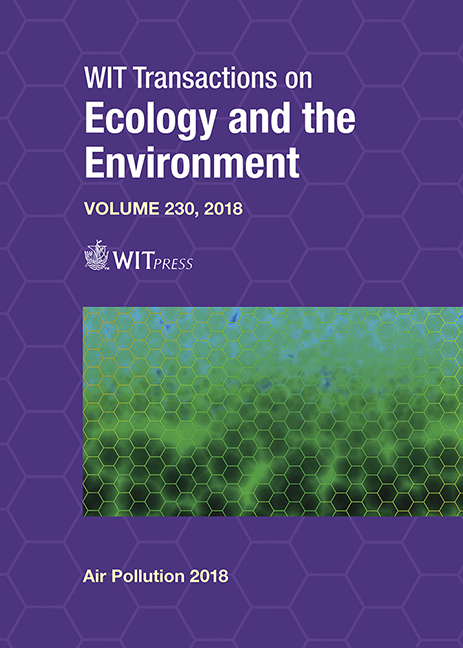USING A CFD MODEL TO ASSESS THE IMPACT OF CRUISE SHIP EMISSIONS ON THE FAÇADES OF WATERFRONT BUILDINGS IN NAPLES, ITALY
Price
Free (open access)
Transaction
Volume
230
Pages
9
Page Range
189 - 197
Published
2018
Paper DOI
10.2495/AIR180171
Copyright
WIT Press
Author(s)
FABIO MURENA, BENEDETTO MELE, DOMENICO TOSCANO
Abstract
The port of Naples, with about 1 million of cruise passengers corresponding to about 400 calls and 5000 hours at berth per year, is one the most important in the Mediterranean Sea for cruise ships traffic. Therefore, cruise ship emissions can have an important impact on air pollution in Naples. Moreover, cruise ships terminal is very near to the center of the town, with some residential and commercial buildings at only about 200 m from cruise ships docks. The height of these buildings is very close to that of cruise ship funnels. Therefore, the impact of cruise ship emissions on the façades of these buildings may be very high, with negative consequences for indoor air quality and health of people living or working in these buildings. For this reason, a CFD model has been developed with the aim to assess the impact of atmospheric pollutants emitted by cruise ships at hoteling on the façades of the nearest buildings. A calculation domain of about 7 km2 and 1 km height with 10 million cells has been created. Unsteady CFD simulations have been carried out adopting the Scale Adaptive Simulation (SAS) hybrid model that allows a satisfactory accuracy in the calculation of the turbulence. Most critical emissive scenarios have been identified based on cruise ships traffic assuming wind flowing from cruise ships at berth toward the buildings. Emission rates of each pollutant and each cruise ship, during the hoteling phase, have been evaluated. These data were used as input for CFD simulations. As a result, contour maps of SO2 on the ground and on the buildings’ façade were obtained. Results of CFD model are compared with results of simulations with CALPUFF.
Keywords
cruise ship emissions, hoteling, CFD, SO2





